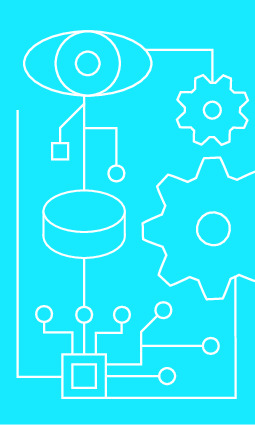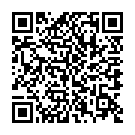|
|
|
| Module code: MST2.DIG |
|
|
4V+1P (5 hours per week) |
|
5 |
| Semester: 4 |
| Mandatory course: yes |
Language of instruction:
German |
Assessment:
Exam
[updated 05.06.2025]
|
MST2.DIG (P200-0006) Mechatronics and Sensor Technology, Bachelor, ASPO 01.10.2019
, semester 4, mandatory course
MST2.DIG (P200-0006) Mechatronics and Sensor Technology, Bachelor, ASPO 01.10.2020
, semester 4, mandatory course
|
75 class hours (= 56.25 clock hours) over a 15-week period.
The total student study time is 150 hours (equivalent to 5 ECTS credits).
There are therefore 93.75 hours available for class preparation and follow-up work and exam preparation.
|
Recommended prerequisites (modules):
MST2.ELE Electronics
[updated 17.03.2022]
|
Recommended as prerequisite for:
MST2.MIC Microprocessor Technology
[updated 17.03.2022]
|
Module coordinator:
Prof. Dr.-Ing. Jürgen Schäfer |
Lecturer: Prof. Dr.-Ing. Jürgen Schäfer
[updated 01.10.2020]
|
Learning outcomes:
After successfully completing the module, students will be able to apply switching algebra and analyze and synthesize digital circuits (switching networks, switching circuits).
They will be familiar with the most important basic digital circuits (standard switching networks and standard switching circuits) and the various circuit families.
They will be able to describe and design simple automata.
They will understand the structure and functioning of memory modules and know how a microprocessor works.
The practical training will intensify students’ knowledge of digital technology.
[updated 05.06.2025]
|
Module content:
1. Introduction
2. Representing numbers in the computer
2.1 Dual numbers, two´s complement representation, fixed-point and floating-point numbers
2.2 Elementary arithmetic operations
2.3 Codes
3. Switching algebra
3.1 Logical functions
3.2 Algorithms
3.3 Minimization of logical functions using Karnaugh-Veitch diagrams
4. Combinational circuits
4.1 Analysis and synthesis of switching networks
4.2 Basic circuits: decoders, multiplexers, demultiplexers, code converters, adders, subtractors
5. Sequential circuits
5.1 Flip-Flops
5.2 Registers, latches, and shift registers
5.3 Analysis and synthesis of switching circuits
5.4 Synchronous counter
5.5 Moore and Mealy automata
5.6 Asynchronous counters
6. Time behavior of digital circuits, hazards
7. Digital circuit families
8. Semiconductor memory devices
8. Fundamentals of microprocessor technology
8.1 Von Neumann architecture
8.2 Structure and operation of a model processor
8.3 CISC and RISC processors
8.4 Pipelining and pipeline hazards
[updated 05.06.2025]
|
Teaching methods/Media:
Lecture, exercise, practical course / PowerPoint transparencies, blackboard
[updated 05.06.2025]
|
Recommended or required reading:
Beuth, K.: Digitaltechnik, Vogel-Verlag
Brinkschulte, U. / Ungerer, T.: Mikrocontroller und Mikroprozessoren, Springer-Verlag
Fricke, K.: Digitaltechnik, Springer-Verlag
Hoffmann, D. W.: Grundlagen der Technischen Informatik, Hanser-Verlag
Schiffmann, W. / Schmitz, R.: Technische Informatik 1, Springer –Verlag
Urbanski, K. / Woitowitz, R.: Digitaltechnik, Springer –Verlag
Wöstenkühler, G.: Grundlagen der Digitaltechnik, Hanser-Verlag
Wüst, K.: Mikroprozessortechnik, Vieweg-Verlag
[updated 05.06.2025]
|


